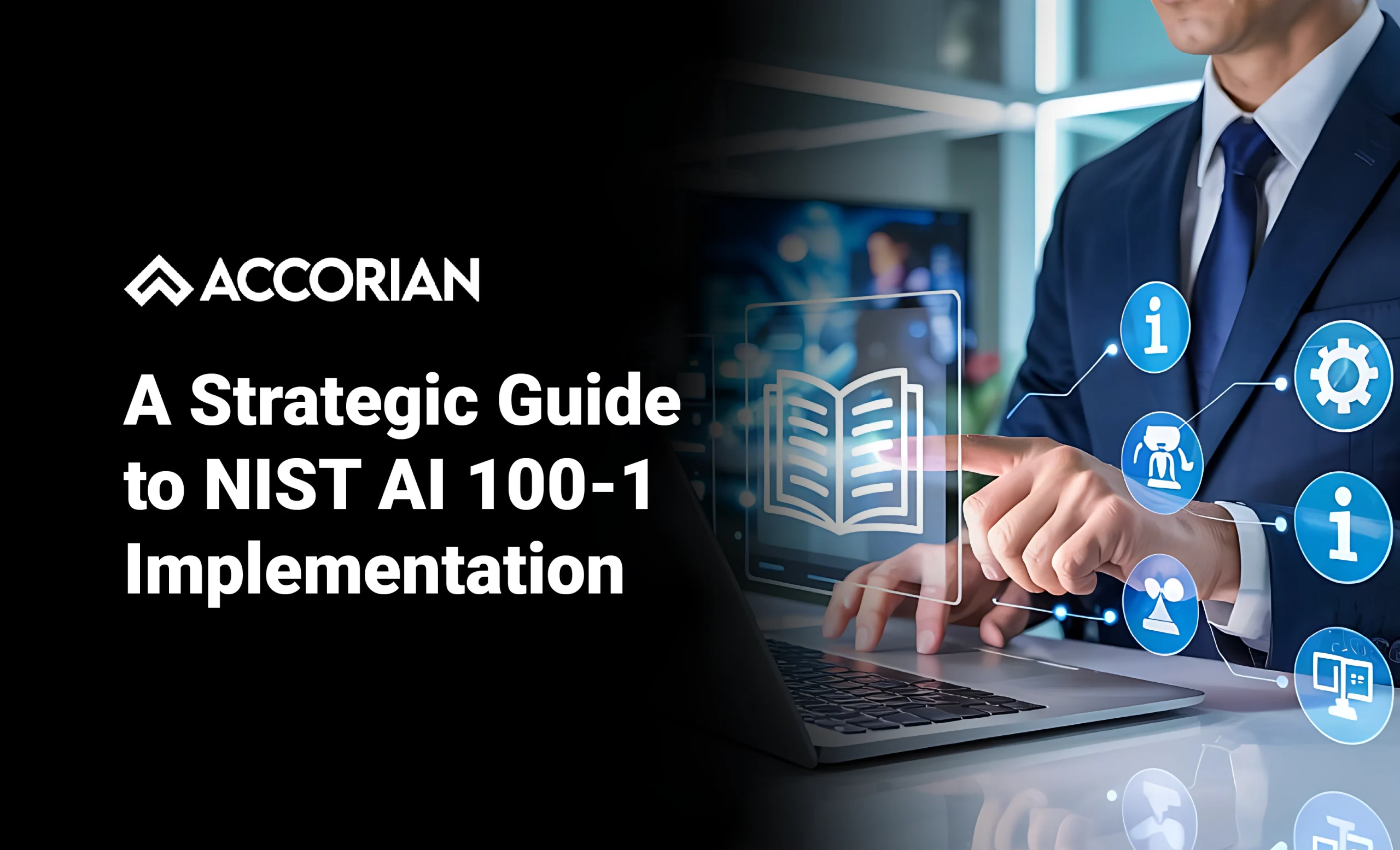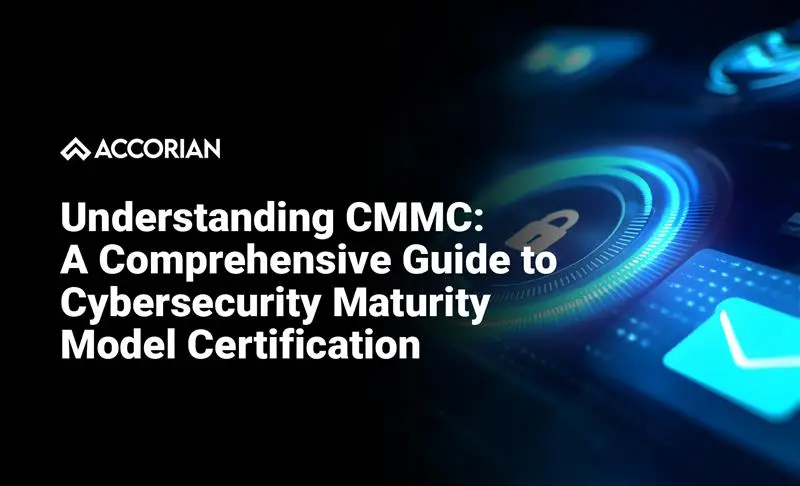The rapid evolution of Artificial Intelligence (AI) demands robust frameworks that ensure systems remain trustworthy, ethically sound, and secure. The NIST AI 100-1, formally titled the AI Risk Management Framework (AI RMF) 1.0, serves as a globally recognized guideline designed to help organizations identify, assess, and manage risks associated with AI technologies.
By adopting this framework, organizations can align with industry best practices, improve the reliability of their AI systems, and foster trust among stakeholders, including customers, employees, regulators, and investors.
What Is NIST AI 100-1?
Released in January 2023, NIST AI 100-1 offers a comprehensive structure for recognizing AI-related risks, understanding their potential consequences, and implementing effective mitigation strategies. The framework is built around three foundational priorities:
- Accountability
- Transparency and protection of individual rights
- Reduction of harm
These pillars support the broader goals of:
- Developing responsible and trustworthy AI systems
- Enabling risk-informed decision-making
- Strengthening public and stakeholder confidence in AI technologies
Key Benefits of Implementing NIST AI 100-1
- Enhanced Trust – Organizations that embrace responsible AI practices cultivate stronger relationships with their stakeholders. Transparency, explainability, and ethical governance are key drivers of public acceptance and institutional support.
- Competitive Advantage – Early adopters of ethical AI practices position themselves as industry leaders. By integrating responsible AI into core strategies, businesses can differentiate themselves in a crowded market and attract forward-thinking customers and partners.
- Risk Reduction – Without formal oversight, AI systems can introduce significant risks—including algorithmic bias, security vulnerabilities, and operational failures. NIST AI 100-1 helps organizations proactively identify and mitigate these threats, reducing exposure to legal liabilities, reputational damage, and regulatory non-compliance.
Characteristics of Trustworthy AI (as per NIST AI 100-1)
A trustworthy AI system should embody the following attributes:
| Characteristic | Description |
|---|---|
| Valid and Reliable | Performs as intended across diverse scenarios and use cases |
| Safe | Minimizes unintended consequences and physical or digital harm |
| Secure and Resilient | Withstands adversarial attacks and recovers from disruptions |
| Accountable and Transparent | Enables oversight and provides clear documentation of decision-making processes |
| Explainable and Interpretable | Offers understandable outputs and rationale for decisions |
| Privacy-Enhanced | Protects sensitive data and complies with privacy regulations |
| Fair, with Bias Managed | Actively identifies and mitigates harmful biases |
Core Functions of the NIST AI RMF
The framework is structured around four essential functions that guide organizations through the AI risk management lifecycle:
- Govern – Establishes governance structures, policies, and feedback mechanisms to ensure accountability and continuous improvement.
- Map – Encourages all stakeholders, including developers, users, and affected communities, to identify relevant risks and understand system interactions.
- Measure – Involves evaluating AI system performance using tools that assess accuracy, robustness, and compliance with ethical and legal standards.
- Manage – Focuses on mitigating identified risks to maximize value while minimizing negative impacts on individuals and society.
Implementation Steps: How to Apply NIST AI 100-1
Organizations can operationalize the framework through the following seven-step process:
- Prepare – Develop internal policies and ready systems for AI risk management.
- Categorize – Classify AI systems based on complexity, potential impact, and associated risks.
- Select – Choose appropriate risk mitigation controls tailored to system type and risk level.
- Implement – Deploy selected controls and establish monitoring mechanisms.
- Assess – Continuously evaluate the effectiveness of implemented controls.
- Authorize – Secure approval to proceed based on demonstrated compliance.
- Monitor – Maintain ongoing oversight and adjust controls as needed to respond to emerging risks.
Who Should Adopt NIST AI 100-1?
The framework is applicable to any organization involved in AI development, deployment, or integration, including:
- AI developers
- Data scientists and software engineers
- Enterprises implementing AI solutions
It is especially critical for:
- Regulated sectors such as finance, healthcare, and transportation
- Government agencies leveraging AI for public safety, policy-making, or infrastructure management
Conclusion
Organizations seeking responsible AI adoption find the NIST AI 100-1 framework essential for their mission. A systematic approach to risk management enables businesses to develop dependable AI systems that operate ethically and perform effectively. NIST AI 100-1 represents both a strategic imperative and the best practice for organizations because of increasing worldwide interest in AI ethics and governance.



